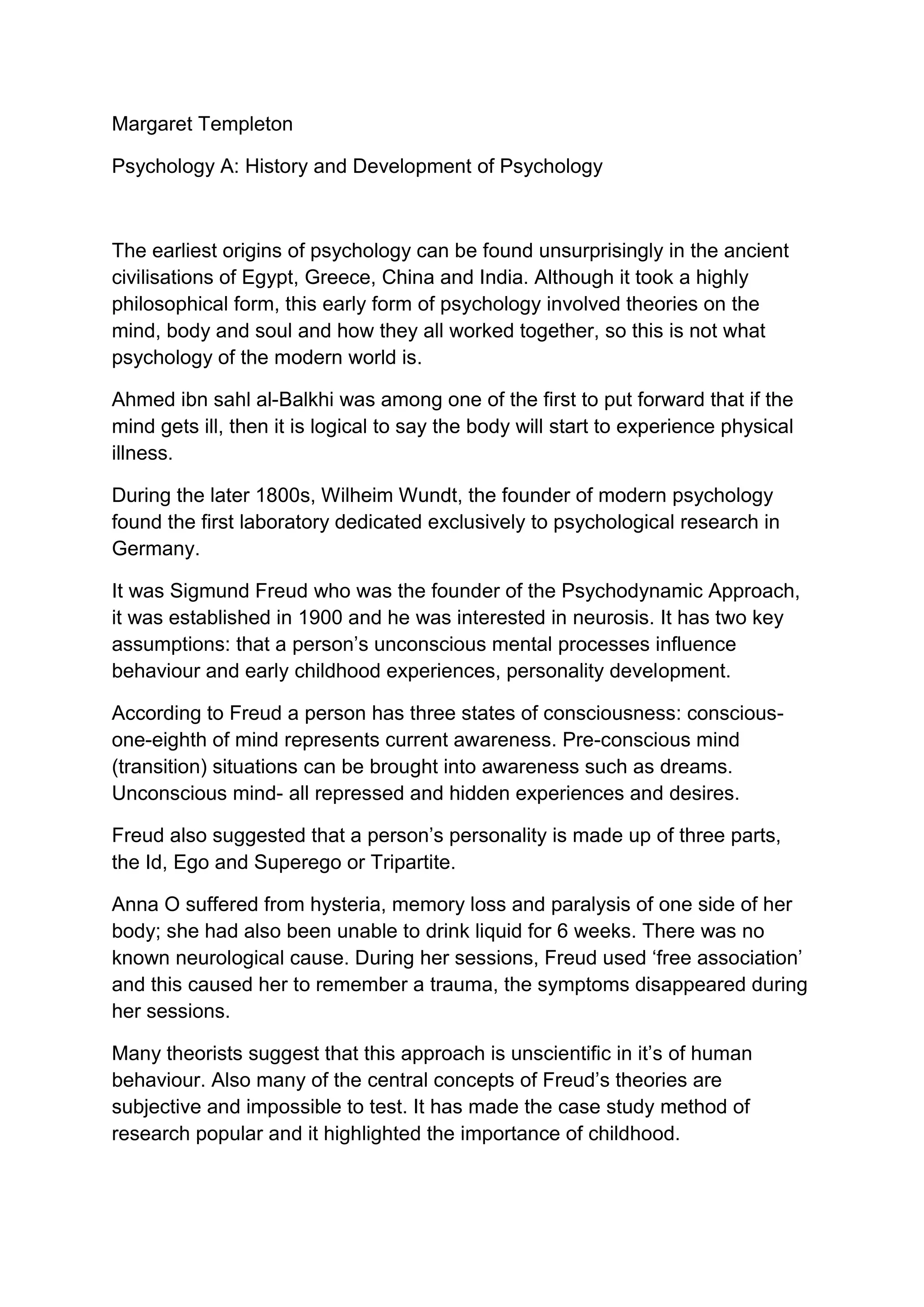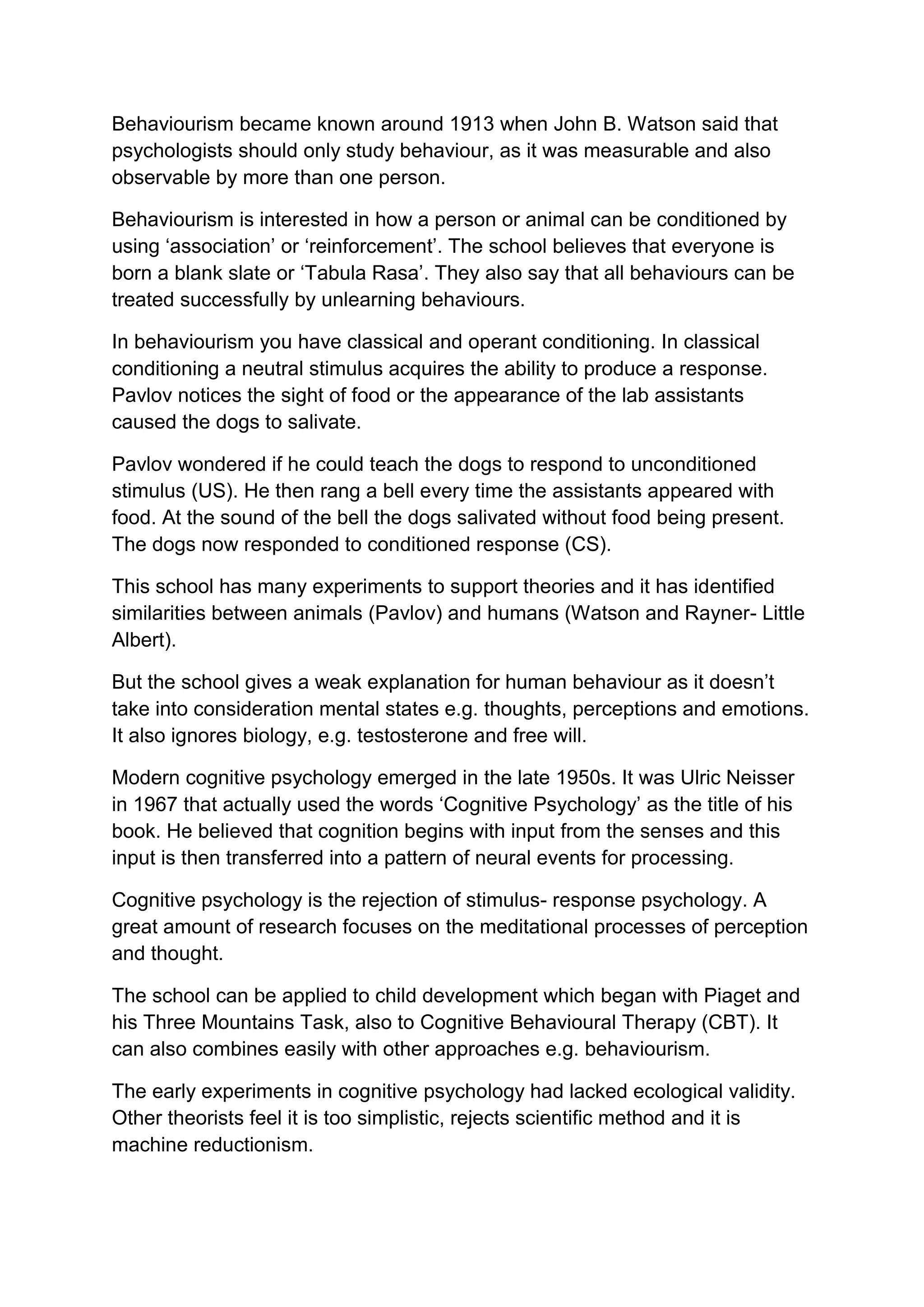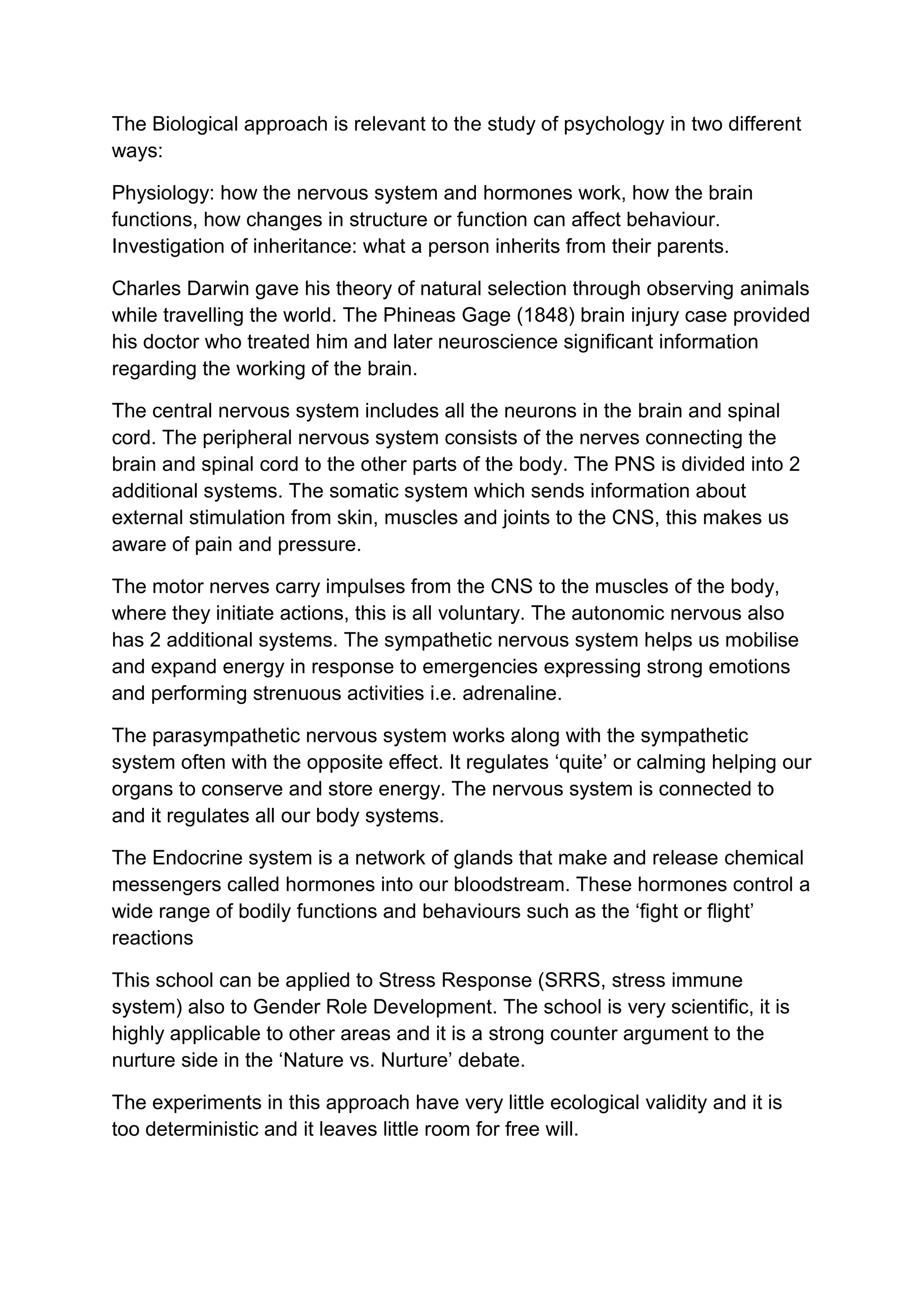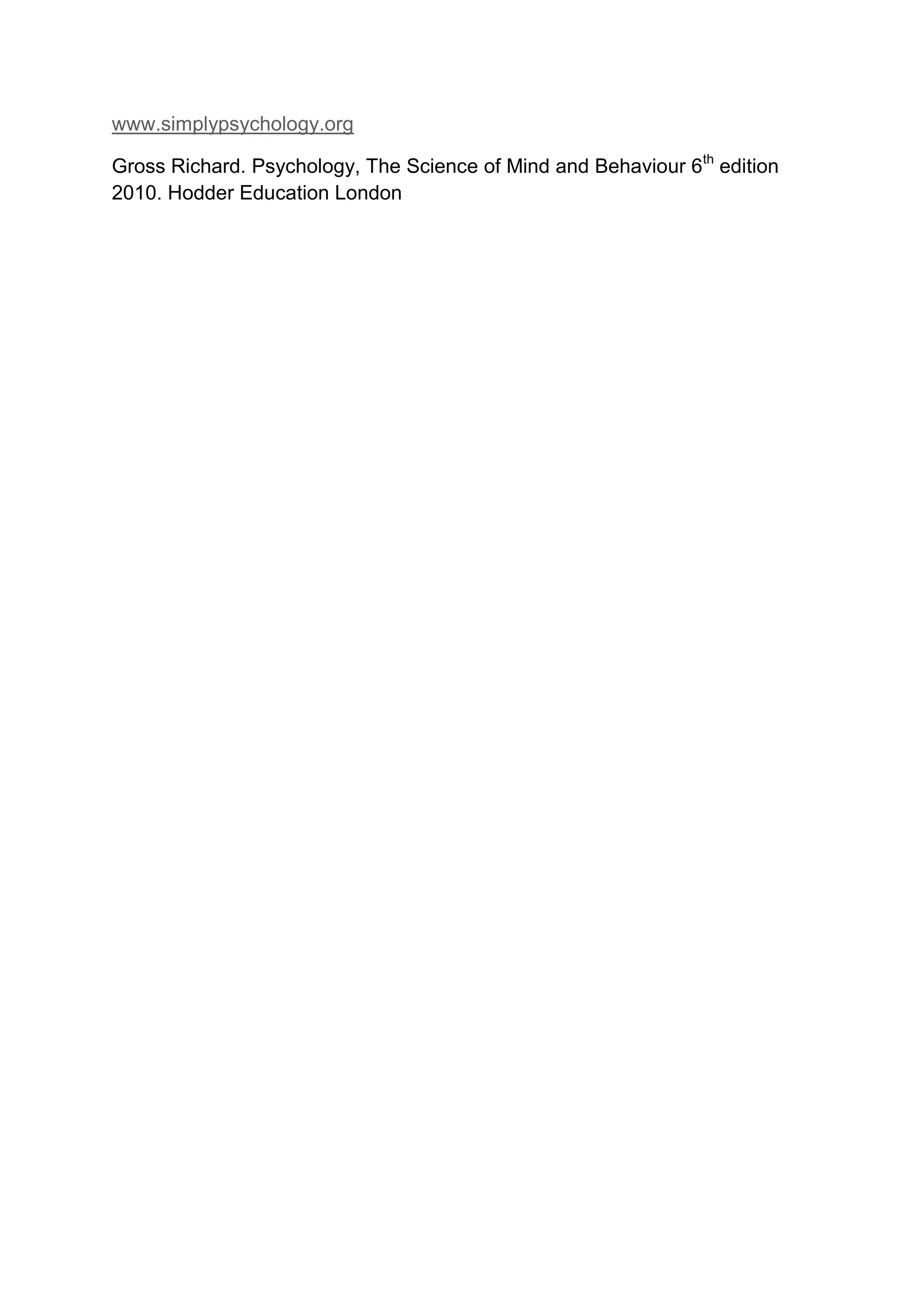- The earliest origins of psychology can be traced back to ancient civilizations like Egypt, Greece, China, and India, where theories on the mind, body, and soul emerged. However, this early form of psychology took a highly philosophical approach.
- In the late 1800s, Wilhelm Wundt established the first laboratory dedicated exclusively to psychological research in Germany, marking the beginnings of modern psychology.
- Sigmund Freud went on to found the psychodynamic approach in 1900, developing theories around the unconscious mind and how early childhood experiences influence personality development and behavior. He proposed that personality has three parts: the id, ego, and superego.



